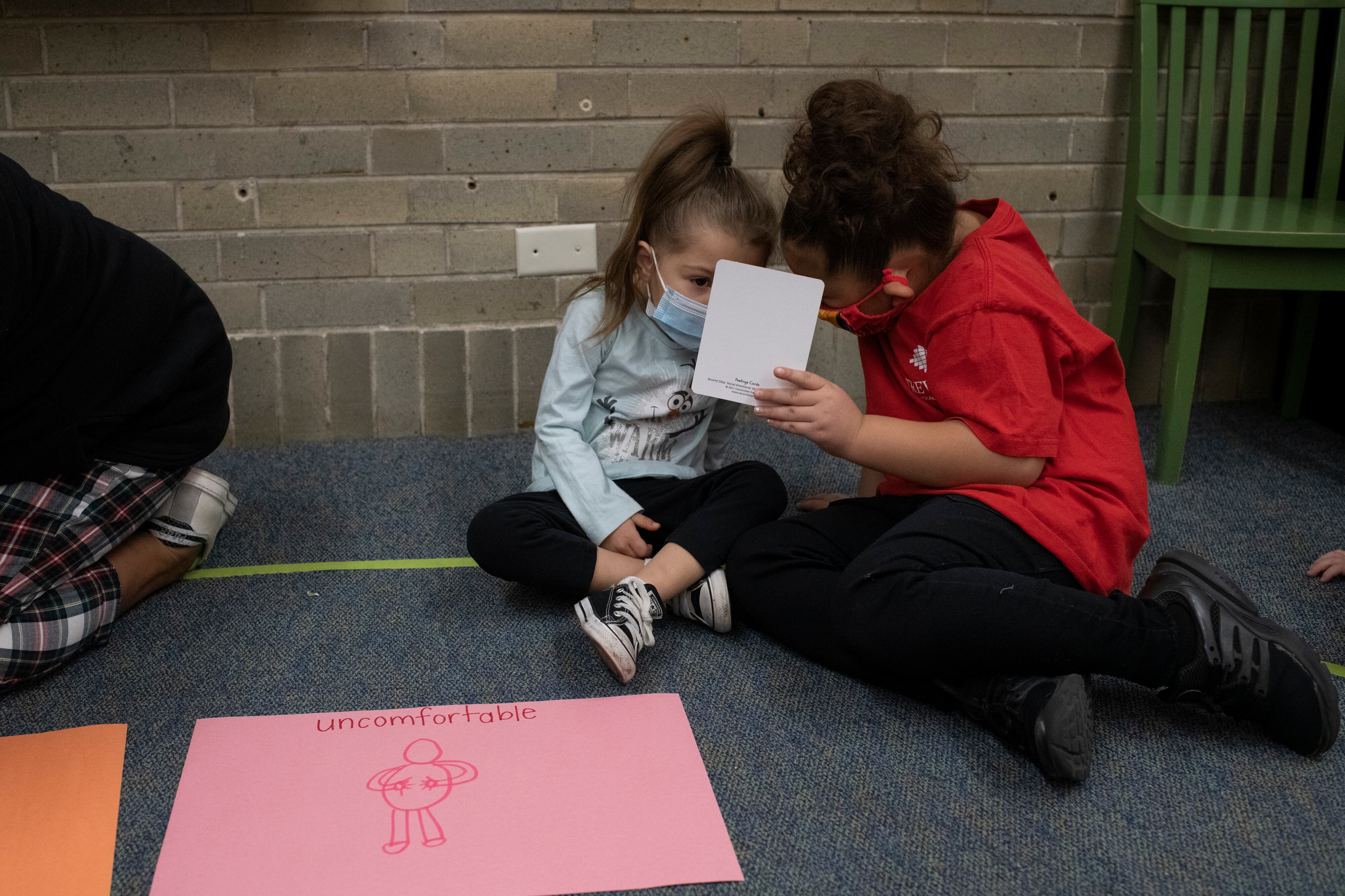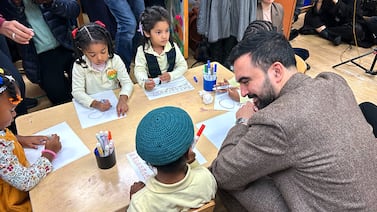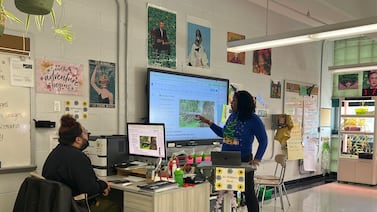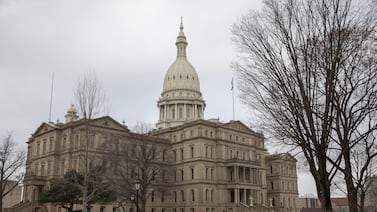A historic campaign is underway to support students’ mental health. But is it working?
As the pandemic has frayed students’ nerves, worsened rates of anxiety and depression, and fueled a rise in behavior issues, schools have raced to offer support. They’ve tried to hire more psychologists and social workers, paid private agencies to provide counseling, assessed students’ social-emotional skills, offered training to students and parents on how to manage difficult emotions, set up rooms where students can relax and meditate, and even brought in therapy dogs.
The rapid expansion of services has been bankrolled by the nearly $190 billion in federal COVID relief money for schools. A new federal law to address gun violence will send even more money to schools, including $280 million in mental health grants.
Most large urban districts say they intend to use some of the COVID aid on social-emotional and mental health support for students, according to a review of 100 district plans by the Center on Reinventing Public Education.
But while it’s clear that schools are ramping up support for students, it’s much less clear how well those efforts are working. Have schools been able to hire enough mental health professionals? Has new training enabled teachers to spot students who need extra help? Are students applying the lessons on emotional regulation? Is anyone using those new wellness rooms?
Chalkbeat is exploring how the campaign to support students’ mental health is playing out in schools — but we need your help. Please take the survey below and tell us what’s happening in your school and how well it seems to be working.
If you are having trouble viewing this form, go here.






